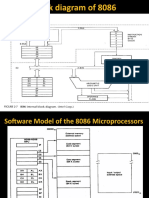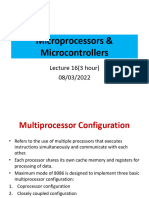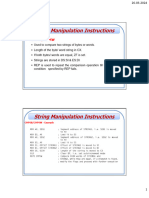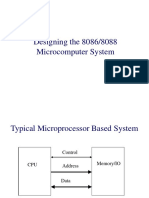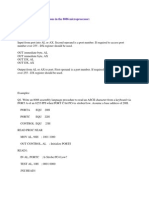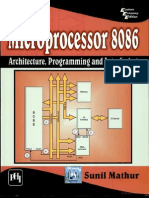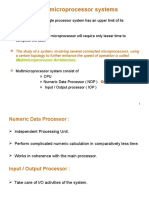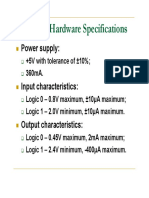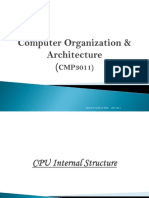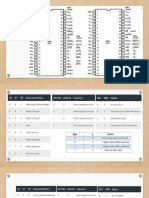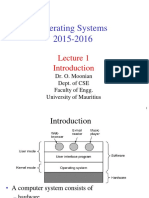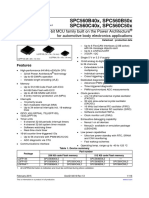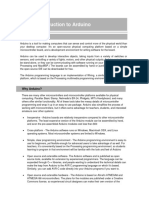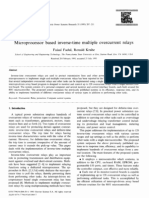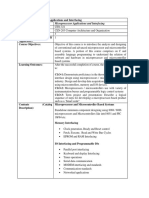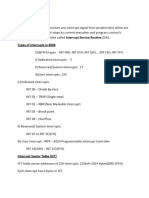0% found this document useful (0 votes)
63 views13 pagesUnit II
The document discusses interrupts in the 8086 microprocessor. When an interrupt occurs, the program counter is pushed onto the stack and interrupt service routine is executed before returning to the main program. It describes the different types of interrupts and interrupt vector table. It also discusses assembler directives and multiprocessor systems.
Uploaded by
Soundarrajan RajanCopyright
© © All Rights Reserved
We take content rights seriously. If you suspect this is your content, claim it here.
Available Formats
Download as DOCX, PDF, TXT or read online on Scribd
0% found this document useful (0 votes)
63 views13 pagesUnit II
The document discusses interrupts in the 8086 microprocessor. When an interrupt occurs, the program counter is pushed onto the stack and interrupt service routine is executed before returning to the main program. It describes the different types of interrupts and interrupt vector table. It also discusses assembler directives and multiprocessor systems.
Uploaded by
Soundarrajan RajanCopyright
© © All Rights Reserved
We take content rights seriously. If you suspect this is your content, claim it here.
Available Formats
Download as DOCX, PDF, TXT or read online on Scribd
/ 13
